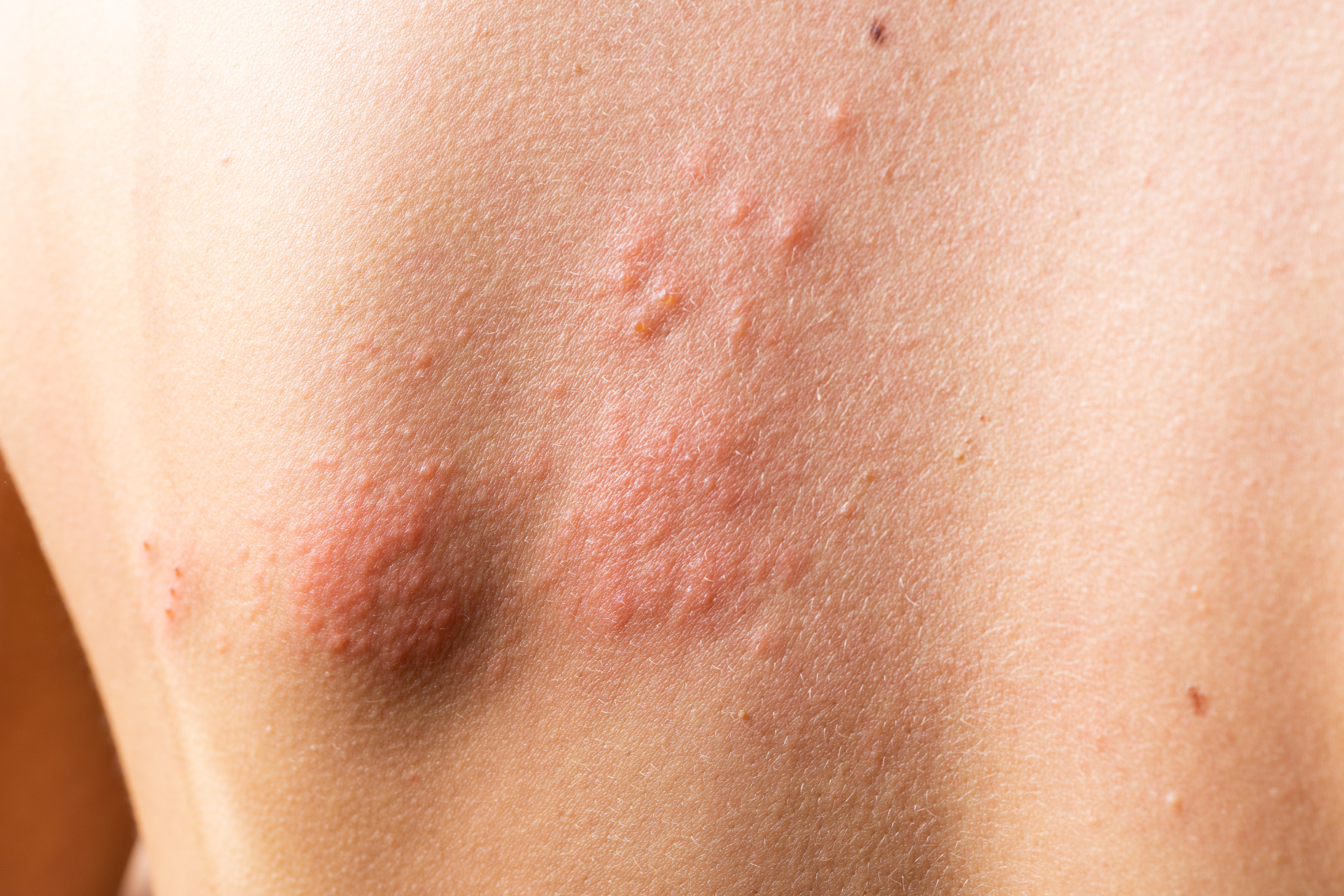How to Identify and Treat Skin Infections Early

Skin infections can be a common problem for people of all ages, and if left untreated, they can lead to more serious health issues. Identifying and treating skin infections early is crucial to ensure prompt recovery and prevent complications. In this blog post, we will discuss how to recognize the signs of skin infections and the best ways to treat them effectively to maintain healthy skin.
At Fall Creek Skin and Health Clinic, our priority is to provide comprehensive care for our patients' skin and overall health. From skin-related issues like acne, moles, and skin cancer to general practice problems such as allergies, minor sicknesses, sprains, and injuries, we are dedicated to offering affordable and effective treatments to promote optimal well-being.
Recognizing the Signs of Skin Infections
Skin infections can manifest in various ways, depending on the type of infection and its severity. Some common signs to look out for include:
1. Redness and Swelling
Infected skin often appears red, inflamed, and swollen. The affected area may feel warm to the touch and tender or painful.
2. Itching or Burning Sensation
Skin infections can cause itching, burning, or stinging sensations. Persistent itching may indicate a fungal infection, while a burning sensation could be a sign of a bacterial infection.
3. Blisters or Pustules
Certain skin infections, such as impetigo or cellulitis, may result in the formation of blisters or pustules filled with pus. These lesions can be painful and may rupture, leading to further infection.
4. Drainage or Oozing
Pus or fluid draining from the skin is a common symptom of an infected wound. The discharge may be yellow, green, or bloody, indicating the presence of bacteria or other pathogens.
5. Fever and Chills
Systemic symptoms like fever, chills, and fatigue may accompany a severe skin infection. These signs suggest that the infection has spread beyond the skin and requires immediate medical attention.
Treating Skin Infections Early
Early intervention is key to effectively treating skin infections and preventing complications. Here are some essential steps to take if you suspect a skin infection:
1. Clean and Protect the Affected Area
Wash the infected skin gently with soap and water to remove dirt and bacteria. Keep the area clean and dry to prevent further infection.
2. Apply Topical Treatments
Over-the-counter antifungal or antibacterial creams can help to combat mild skin infections. Follow the product instructions carefully and apply the treatment as directed.
3. Use Warm Compresses
For infections that cause swelling and pain, applying warm compresses can help reduce inflammation and promote healing. Be cautious not to use hot water to avoid scalding the skin.
4. Seek Medical Attention
If the infection worsens or persists despite home treatment, consult a healthcare provider for professional evaluation and treatment. They may prescribe antibiotics, antifungal medications, or other interventions to address the infection effectively.
5. Practice Good Hygiene
Preventing skin infections starts with maintaining good hygiene habits. Wash your hands frequently, avoid sharing personal items like towels and razors, and keep your skin moisturized to protect the skin barrier.
At Fall Creek Skin and Health Clinic, our team of experienced healthcare professionals is dedicated to helping patients identify and treat skin infections early. We offer personalized care and treatment plans to address a wide range of skin conditions and promote overall skin health. If you suspect a skin infection or have concerns about your skin, contact us to schedule an appointment and receive the care you need to keep your skin healthy and vibrant. Remember, early detection and treatment are crucial for maintaining optimal skin health and well-being.




